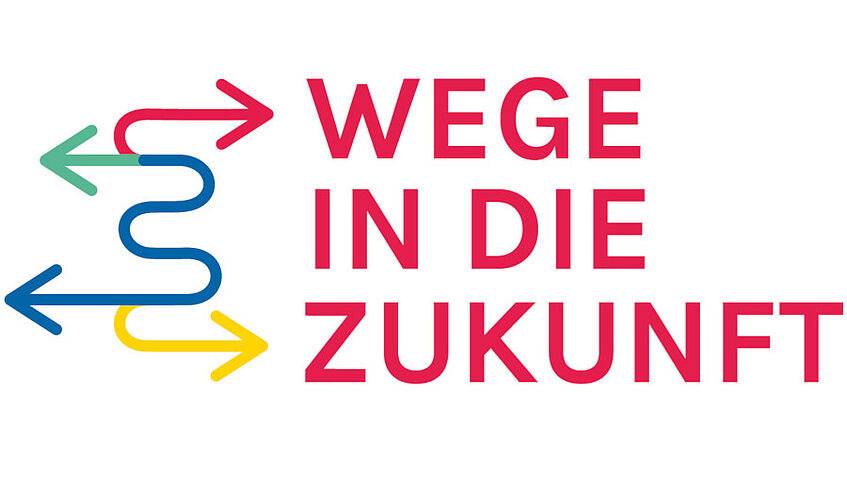
Project “Pathways to the Future”
A longitudinal study on the social integration of young people in Vienna
Data collection
The project Pathways to the Future is based on a mixed-methods longitudinal approach. Over a period of five years, qualitative interviews and online surveys on different thematic areas are carried out once a year. During the first wave of interviews, the study surveys students who are aged 14/15 years and attend their last year at an Austrian so-called new secondary school (Neue Mittelschule, NMS). We accompany these young people for a part of their path to the future.
Previous surveys
2016
Exploration
- 21 narrative biographical interviews conducted with students in the fourth grade of a new secondary school (Neue Mittelschule, NMS) as part of a research seminar at the Department of Sociology
2017
1st wave | qualitative panel | transition after the new secondary school
- Reports from memory about “school walks” with school students
- Observational protocols of lessons and breaks at 5 new secondary schools
- 107 narrative biographical interviews with school students conducted at 5 new secondary schools
- 17 expert interviews with teachers
2018
2nd wave | qualitative panel | family
- Individual appointments arranged via different channels
- 48 problem-centred interviews
1st wave | quantitative panel | transition after the new secondary school
- Contacting all 117 new secondary schools in Vienna with about 7,000 school students in 351 final-year classes
- Cognitive pretests with about 30 school students at 2 schools
- Standard pretests at 5 schools
- About 3,200 questionnaires with usable information
- About 2,850 fully completed questionnaires
2019
3rd wave | qualitative panel | city
- Individual appointments arranged via different channels
- 28 problem-centred interviews
- Event for young people at the WUK
2nd wave | quantitative panel | family
- Cognitive pretests with 16 school students
- Standard pretests with 45 school students
- 851 started and 679 fully completed questionnaires
2020
4th wave | qualitative panel | political participation
- Individual appointments arranged via different channels
- 11 problem-centred interviews
- 16 additional problem-centred interviews as part of an increase
3rd wave | quantitative panel | city
- Cognitive pretests with 16 students at polytechnic school and with 4 adolescents at youth center
- Standard pretests at HLW and production school with 173 started and 157 fully completed questionnaires
- 11,316 contact attempts (letter, email, text message, phone call)
- 2,307 active panel participants at survey start
- 744 started and 591 fully completed questionnaires
2021
5th wave | qualitative panel | social inequality caused by the COVID-19 pandemic
- Individual appointments arranged via different channels
- 20 problem-centred interviews
- 6 additional problem-centred interviews as part of an increase
- 19 interviews took place digitally
4th wave | quantitative panel | politische participation
- Cognitive pretests with 11 students at business school and at production school
- Standard pretests at business school and at production school with 170 started and 124 fully completed questionnaires
- 12,878 contact attempts (letter, email, text message, phone call)
- 2,241 active panel participants at survey start
- 674 completed questionnaires (module 1) and 603 fully completed questionnaires (module 1 and 2)
2022
5th wave | quantitative panel | social inequality caused by the COIVD-19 pandemic
- Cognitive pretests with 12 students at business school and at production school
- Standard pretests at production school and at business school with 102 started and 72 fully completed questionnaires
- 13,452 contact attempts (letter, email, text message, phone call)
- 2,100 active panel participants at survey start
- 451 completed questionnaires (module 1), 401 completed questionnaires (module 2) and 375 completed questionnaires (module 3)
